Chau Say Tevoda (literally: prolific grandchildren of a deity), a Hindu temple dedicated to predominantly Hindu deities such as Shiva and Vishnu, is located just 500 m. (1,600 ft.) to the northeast of east gate of the ancient capital Angkor Thom and directly south of Thommanon (the temple is on its opposite side of the road) across the Victory Way (it pre-dates the former and post-dates the latter). Unique devatas (types of female sculptures) and Buddha images are enshrined in it.
Check out “Thommanon Temple”
Thommanon and Chau Say Tevoda, both similar in plan and stylistically belonging to the best period of classic art, represent two variations of a single theme of composition. However, Chau Say Tevoda is more deteriorated than Thommanon Temple.
Here is a historical timeline of the temple:
- It was partly built in the mid-12th century in the Angkor Watperiod during the reign of Hindu King Suryavarman II.
- During the reign of Dharanindravarman (father of Jayavarman VII, who ruled from Preah Khanof Kompong), representations of Buddha images were built.
- During the reign of Jayavarman VII, further supplementation of structures was done.
- In the 16th century, like most of the temples in the area, the temple was abandoned at some point.
- In the late 19th century, Chau Say Tevoda was rediscovered by French explorers.
- Between 2000 and 2009, under a project sponsored by the People’s Republic of China, a Chinese team carried out restoration work, using many of the 4,000 elements lying scattered on the embankment and in the Siem Reap River.
- In late 2009, the temple was reopened and is now fully accessible.
We entered and left Chau Say Tevoda via the north entrance. Walking towards the temple, we can see traces of a moat and vestiges of a laterite base of an enclosing wall.
About 200 m. (660 ft.) from the temple is a bridge, without a river flowing beneath it (in view of the shifting nature of the course of the Siem Reap River), built with carved stones from temple ruins in the vicinity.
Chau Say Tevoda, similar to Hindu temples built in India (particularly in Odisha), has a cruciform plan and is linked to an entrance hall. The temple, with four gopuras (towers) on the four cardinal signs, has an entrance from the east though a raised bridge. The gopuras and central chamber of the temple are linked by a long hall decorated with a very elegant pattern of flowers inscribed in squares and sculpted with stone flowers similar to those seen at Banteay Srei and Baphuon.
Check out “Baphuon Temple”
The temple, consisting of a central tower with an attached mandapa(achieved through a small antarala chamber), has two libraries on its southern and northern sides and is enclosed by a compound wall with four gopuras. A raised causeway, on three rows of octagonal supports (later than the monument) to its east, leads to the Siem Reap River.
Shiva is the main deity of the temple. Many of the sculptures, depicting Vishnu, are in a fairly good condition. Totally disfigured and defaced sculptures of Buddha, deified in a lotus posture and flanked by devotees, are in a mandapa behind a pediment from the entrance door which leads to the antarala. With time, its ceiling has collapsed, leading to further deterioration.
The incomplete eastern Gopura I, oriented in the western direction, has a roof which is part of the not fully restored second “pediment of the lateral southern extension.” A Buddha, the main figure here, is in a cross legged posture and seated on a high platform flanked by disfigured carvings which are interpreted as that of Garuda and the king of Nagas.
The top pediment of Gopura I, with a figure of Buddha, has the umbrella cover of a Bodhi tree. Carvings, depicting episodes from the life of Buddha, can be seen on the northern door of the eastern Gopura I. The notable bas-relief of Sita, heroine of the epic Ramayana, can be found here in a seated posture over an altar flanked by rakshasis (female demons). Facing Sita is the carved Hanuman, in a small monkey form and in sitting posture, offering her Rama‘s ring. A wall enclosing the temple in the past, built with laterite stones, has disappeared.
Chau Say Tevoda: Angkor, Cambodia.
How to Get There: from Angkor Thom, you can reach Chau Say Tevoda by exiting through the Victory Gate along Victory Way. Alternatively, you can head east from Angkor Wat to Srah Srang. From there, turn left and then, after Ta Prohm temple, turn right. Follow the road to the left and go across the Siem Reap River. You’ll see the temple on the left side. It’s also not too far from the town, so it’s easily accessible by bicycle, tuktuk and taxi.

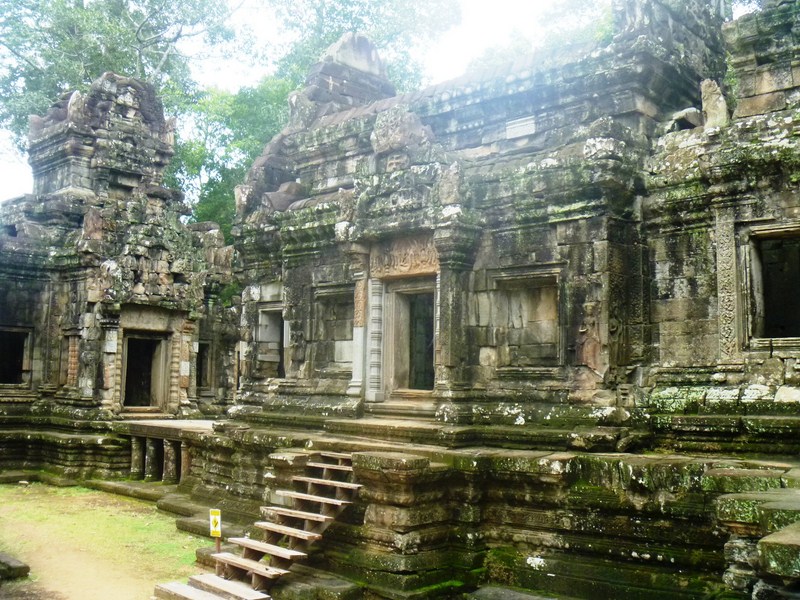
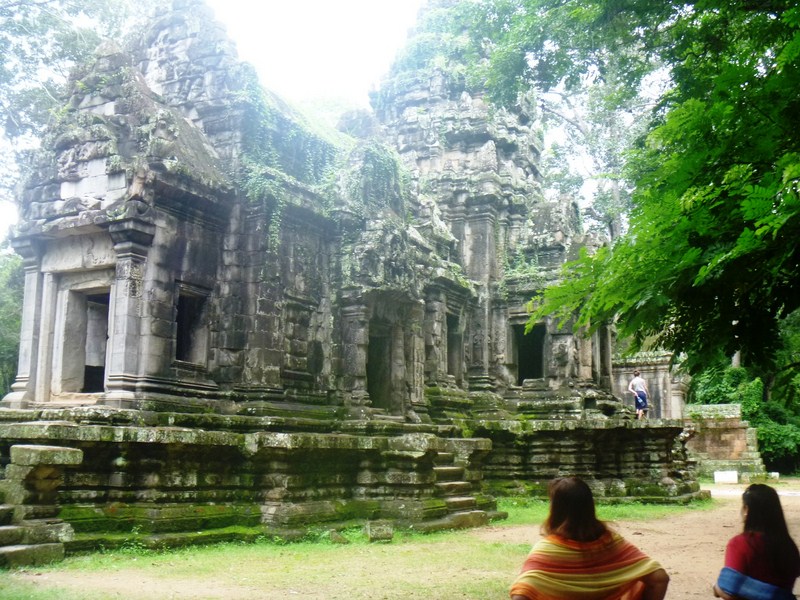
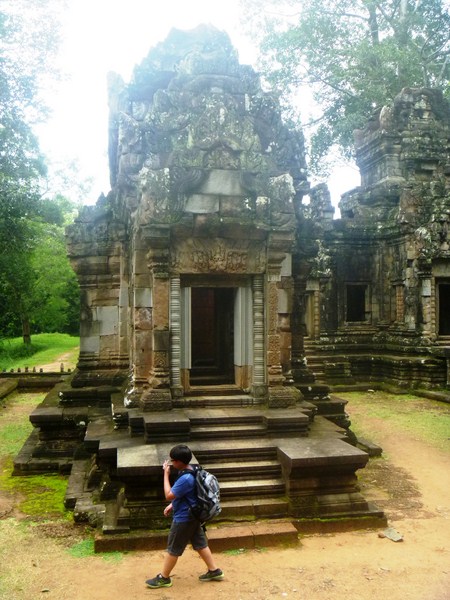
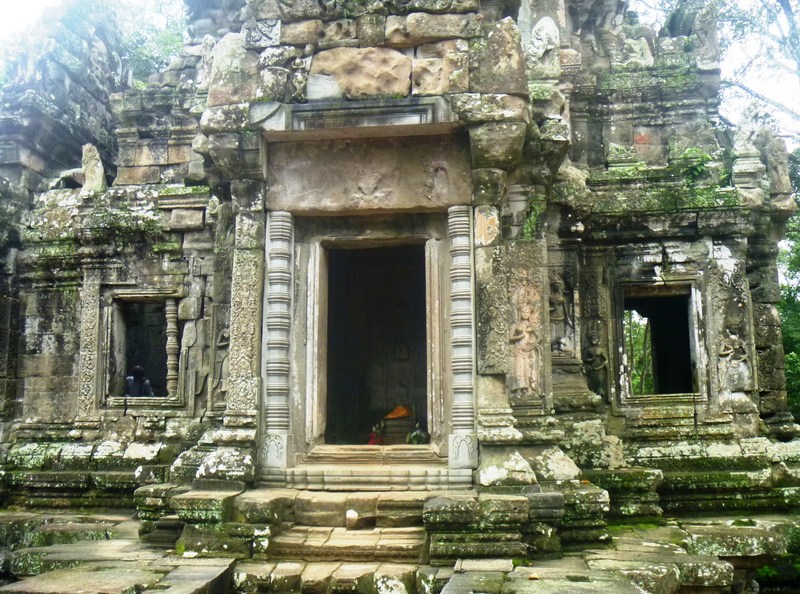
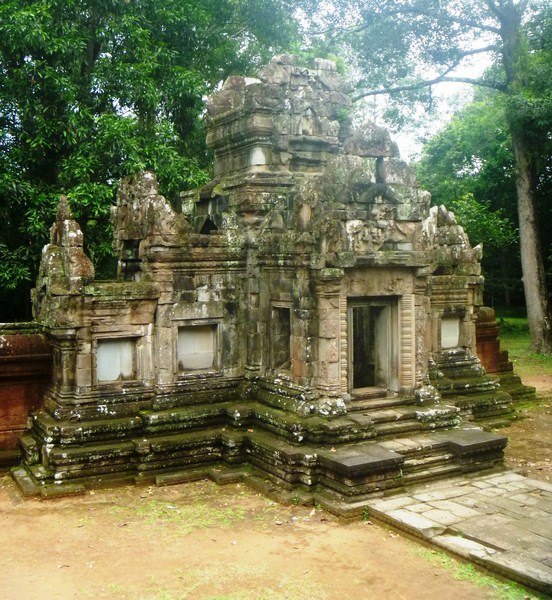
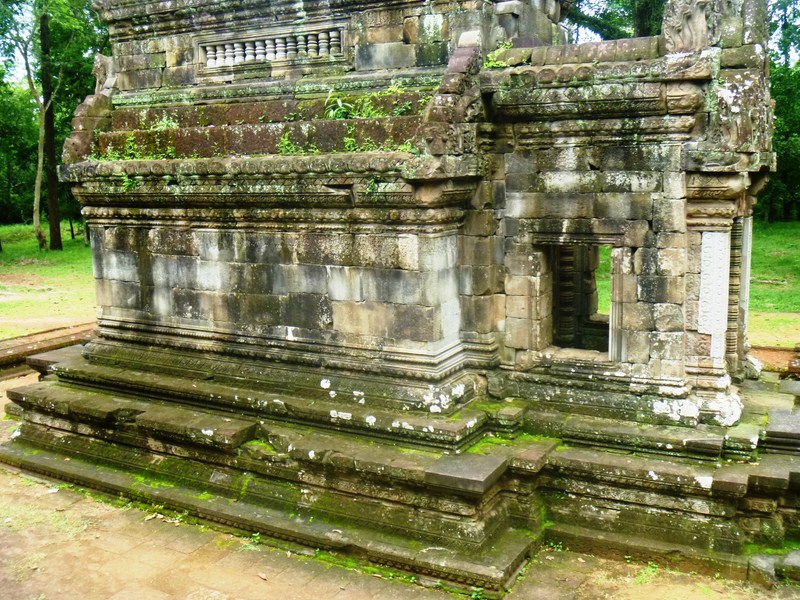
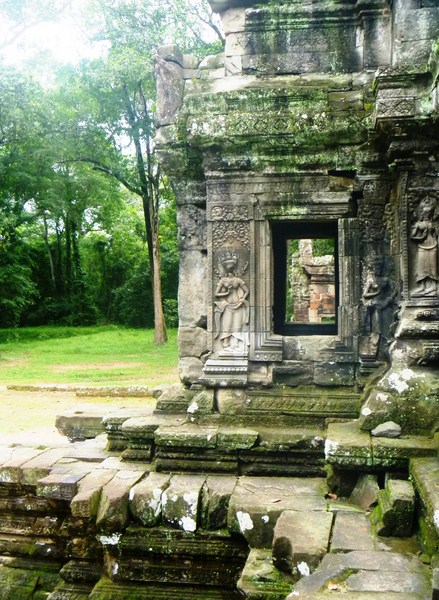
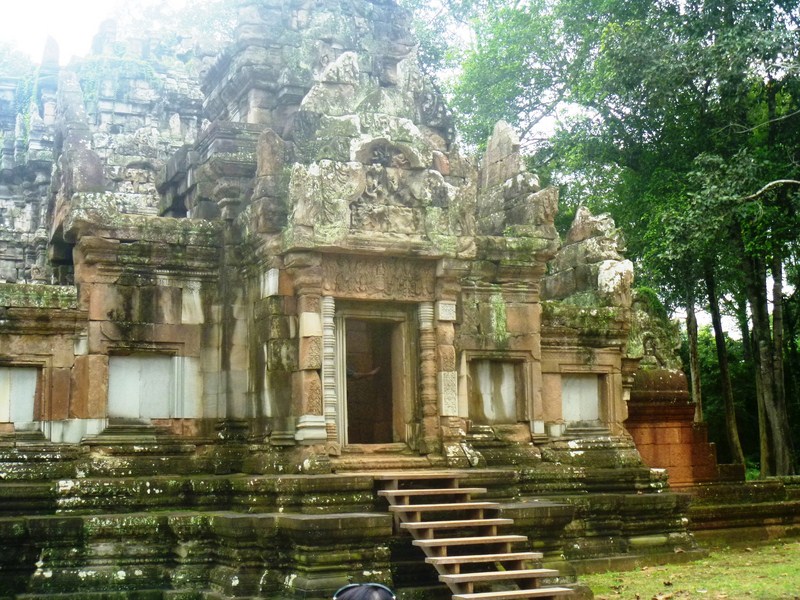
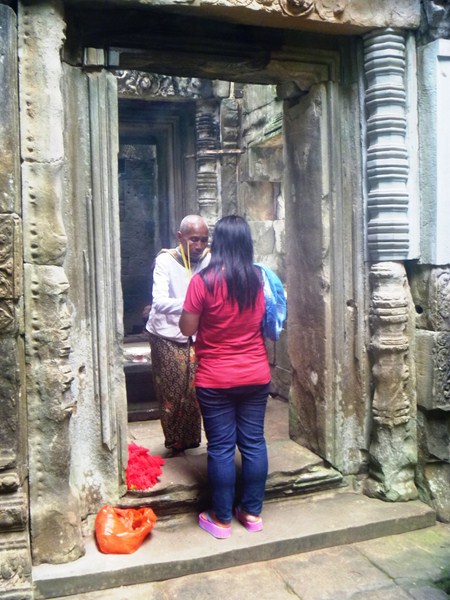
Pingback: Thommanon Temple (Siem Reap, Cambodia) – B.L.A.S.T. – Live Life to the Fullest ……… Don't Stay Put
Pingback: Angkor Wat (Siem Reap, Cambodia) – B.L.A.S.T. – Live Life to the Fullest ……… Don't Stay Put